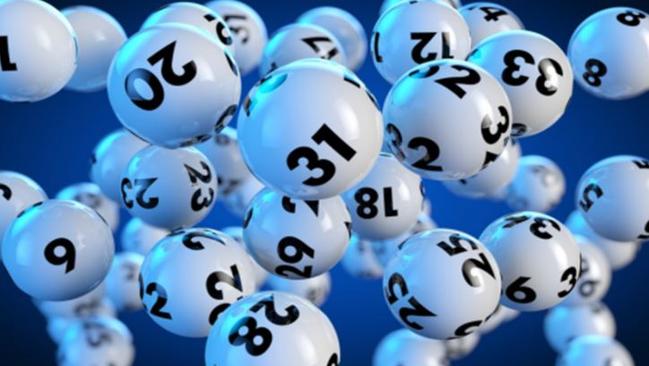Lotteries have long captured the imagination of people around the world, offering the tantalizing possibility of a life-changing windfall. From scratch-off tickets to massive multi-state draws, the allure of striking it rich with a lucky number is undeniable. However, behind the excitement lies a sobering truth: the odds of winning the Bandar Togel are incredibly slim. In this blog, we delve into the mathematics behind lottery odds to shed light on just how unlikely it is to hit the jackpot.
The Basics of Lottery Odds
At its core, a lottery is a game of chance where participants purchase tickets with the hope of matching a specific set of numbers drawn at random. The odds of winning depend on various factors, including the total number of possible combinations and the number of winning tickets sold.
Take, for example, a simple lottery where players must choose six numbers from a pool of 1 to 49. To calculate the odds of winning the jackpot, we use the formula for combinations, which is expressed as:
�(�,�)=�!�!(�−�)!
Where:
- � represents the total number of possible numbers (in this case, 49)
- � is the number of numbers chosen (6 for a typical lottery ticket)
- �! denotes the factorial of �, which is the product of all positive integers up to �
Substituting the values into the formula, we find that there are approximately 13,983,816 possible combinations for a 6/49 lottery. This means that for every ticket purchased, the chance of winning the jackpot is 1 in 13,983,816.
Putting the Odds in Perspective
To put these odds in perspective, consider this analogy: imagine filling a standard bathtub with grains of sand, each representing a possible combination in the lottery. You would need over 13.9 million bathtubs filled to the brim to represent all the combinations. Even then, finding the one grain of sand representing the winning combination would be akin to finding a needle in a haystack.
Furthermore, the odds remain the same regardless of how many tickets a person buys. While purchasing multiple tickets may slightly increase the chances of winning, it remains a minuscule probability overall.
Lottery Strategies and Fallacies
Despite the overwhelming odds against them, many lottery players employ various strategies in the hopes of improving their chances. Some choose numbers based on significant dates like birthdays or anniversaries, while others rely on random selection or patterns. However, these strategies are purely psychological and have no impact on the random nature of lottery draws.
One common fallacy is the belief in “hot” or “cold” numbers, where players assume that certain numbers are more likely to appear based on past results. In reality, each draw is independent of previous ones, and the probability of any particular number being drawn remains the same each time.


